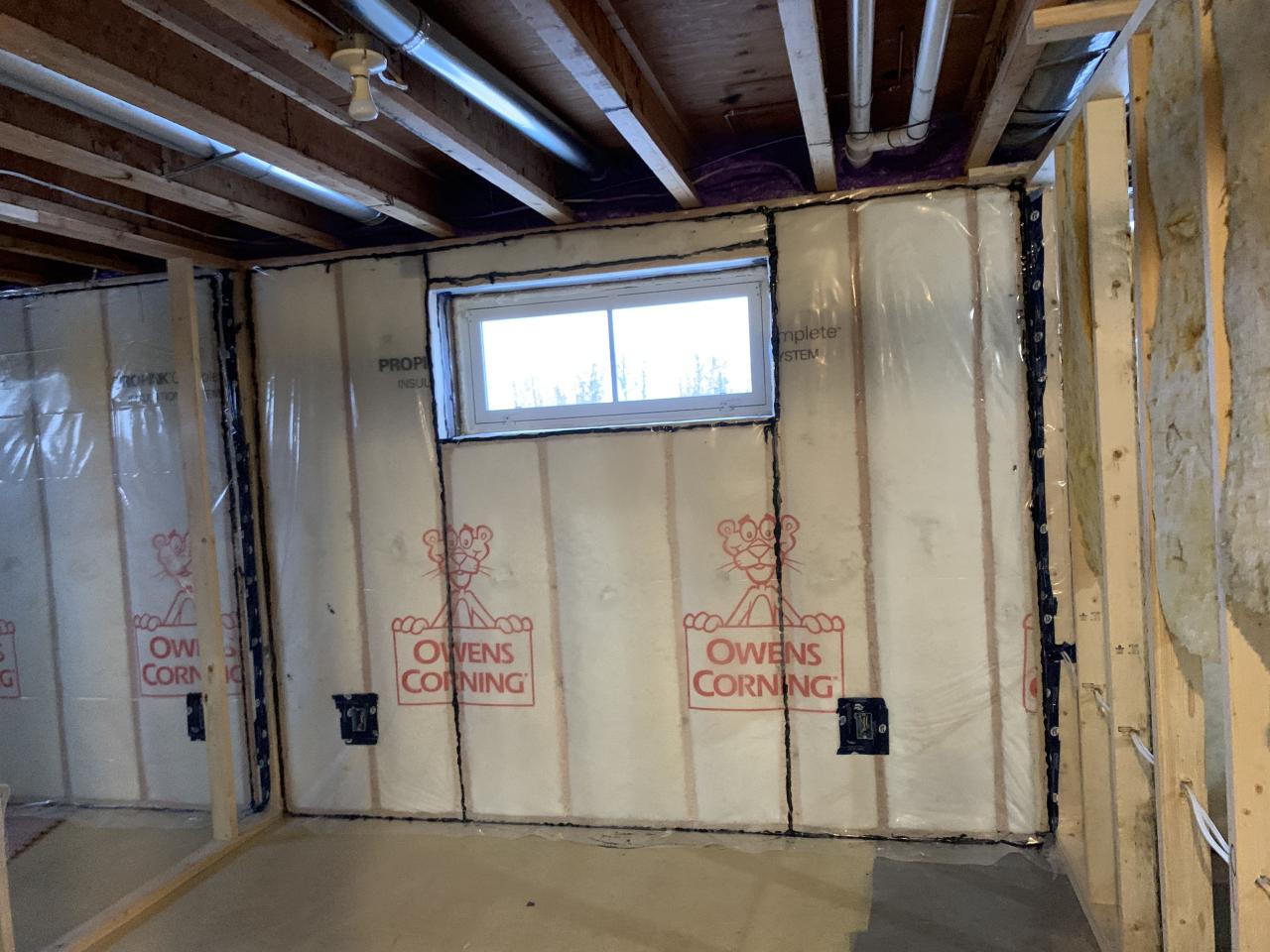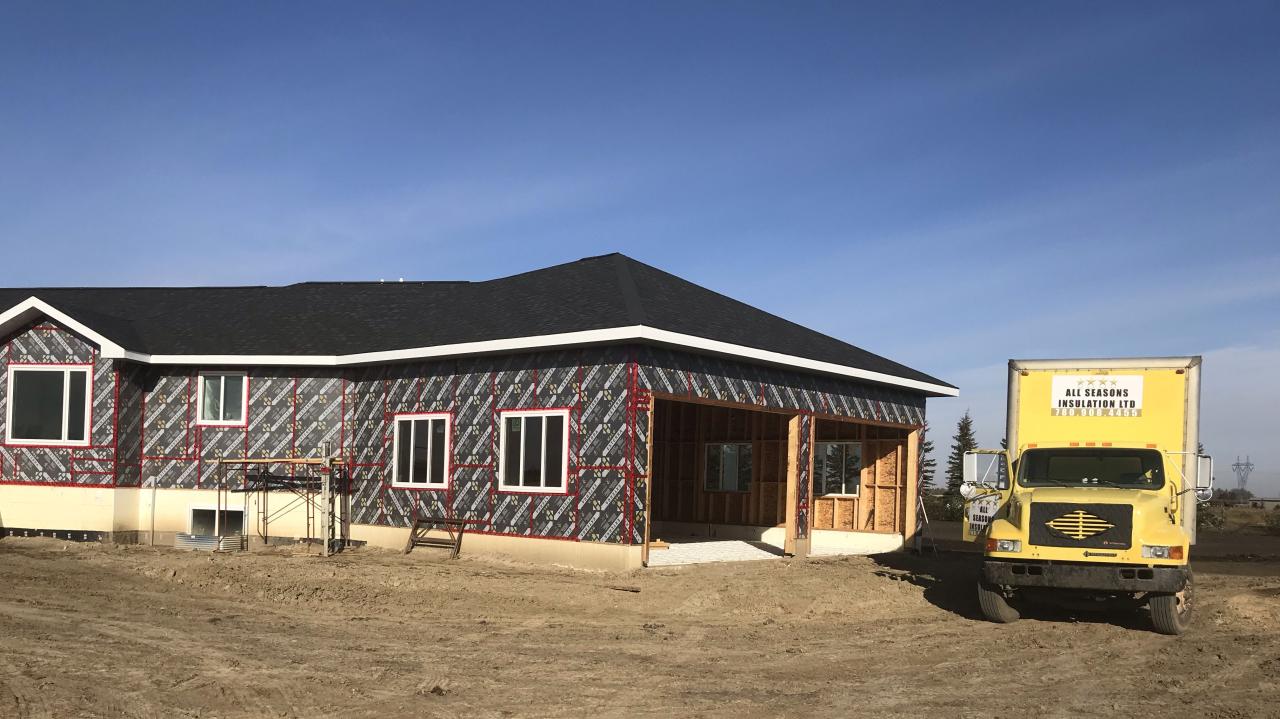Exploring the world of home insulation companies can be a daunting task, but with the right information at your fingertips, you can make informed decisions for your home.
 From evaluating criteria to understanding insulation types, this guide covers everything you need to know about finding the best home insulation companies.
From evaluating criteria to understanding insulation types, this guide covers everything you need to know about finding the best home insulation companies.
 When looking for the best home insulation companies, it is essential to consider several key criteria to ensure you make an informed decision. Here are some important factors to keep in mind:
.
When looking for the best home insulation companies, it is essential to consider several key criteria to ensure you make an informed decision. Here are some important factors to keep in mind:
.
 When it comes to installing home insulation, there are several important steps to follow to ensure maximum energy efficiency and effectiveness. Proper insulation techniques are crucial for maintaining a comfortable indoor environment and reducing energy costs. Here are some tips for a successful insulation installation:
When it comes to installing home insulation, there are several important steps to follow to ensure maximum energy efficiency and effectiveness. Proper insulation techniques are crucial for maintaining a comfortable indoor environment and reducing energy costs. Here are some tips for a successful insulation installation:
 In conclusion, choosing the best home insulation company is crucial for ensuring energy efficiency and comfort in your home. By following the guidelines Artikeld in this comprehensive guide, you can make a well-informed decision that will benefit you in the long run.
In conclusion, choosing the best home insulation company is crucial for ensuring energy efficiency and comfort in your home. By following the guidelines Artikeld in this comprehensive guide, you can make a well-informed decision that will benefit you in the long run.
 From evaluating criteria to understanding insulation types, this guide covers everything you need to know about finding the best home insulation companies.
From evaluating criteria to understanding insulation types, this guide covers everything you need to know about finding the best home insulation companies.
Researching the Best Home Insulation Companies
 When looking for the best home insulation companies, it is essential to consider several key criteria to ensure you make an informed decision. Here are some important factors to keep in mind:
When looking for the best home insulation companies, it is essential to consider several key criteria to ensure you make an informed decision. Here are some important factors to keep in mind:
Identifying the Top Criteria for Evaluating Home Insulation Companies
- Experience and Expertise: Look for companies with a proven track record and extensive experience in the insulation industry.
- Quality of Materials: Ensure that the company uses high-quality insulation materials that are energy-efficient and durable.
- Pricing and Quotes: Compare quotes from different companies to find the best value for your budget without compromising on quality.
Importance of Reading Reviews and Testimonials from Previous Clients
Reading reviews and testimonials from previous clients can provide valuable insights into the company's reputation, customer service, and overall satisfaction. Look for patterns in feedback to get a better understanding of what to expect from the company.Verifying the Company's Credentials and Certifications
It is crucial to verify that the home insulation company holds the necessary credentials and certifications to ensure they meet industry standards and regulations. Check for certifications such as the Insulation Contractors Association of America (ICAA) or ENERGY STAR certification to guarantee quality workmanship.Types of Insulation Offered
When it comes to home insulation, there are several types of insulation materials commonly used to improve energy efficiency and comfort. Each type has its own set of pros and cons in terms of efficiency and cost. Choosing the right insulation type depends on factors such as climate, budget, and the specific needs of your home.Fiberglass Insulation
Fiberglass insulation is one of the most popular and widely used types of insulation. It is made from tiny glass fibers and comes in batts, rolls, or loose-fill form.- Pros: Relatively inexpensive, easy to install, fire-resistant.
- Cons: Can irritate skin and lungs if not handled properly, may lose effectiveness if compressed.
Spray Foam Insulation
Spray foam insulation is a versatile option that expands to fill gaps and cracks, providing a tight seal.- Pros: Excellent insulating properties, helps with air sealing, long lifespan.
- Cons: More expensive upfront cost, requires professional installation.
Cellulose Insulation
Cellulose insulation is made from recycled paper and treated with fire-retardant chemicals. It is blown into walls or attics.- Pros: Eco-friendly, good at reducing air leakage, effective at soundproofing.
- Cons: Prone to settling over time, may attract pests if not properly treated.
Rigid Foam Insulation
Rigid foam insulation is a dense, durable option that comes in panels or boards. It is often used in areas with limited space.- Pros: High insulating value, moisture-resistant, long-lasting.
- Cons: More expensive, can be difficult to install without professional help.
Reflective Insulation
Reflective insulation consists of a shiny foil material that reflects heat away from the home- Pros: Effective in hot climates, easy to install in attics, not affected by moisture.
- Cons: Less effective in colder climates, may not provide sufficient insulation on its own.
Installation Process and Techniques
 When it comes to installing home insulation, there are several important steps to follow to ensure maximum energy efficiency and effectiveness. Proper insulation techniques are crucial for maintaining a comfortable indoor environment and reducing energy costs. Here are some tips for a successful insulation installation:
When it comes to installing home insulation, there are several important steps to follow to ensure maximum energy efficiency and effectiveness. Proper insulation techniques are crucial for maintaining a comfortable indoor environment and reducing energy costs. Here are some tips for a successful insulation installation:
Typical Installation Steps:
- Assessment: Begin by assessing the current insulation levels in your home and identifying areas that need improvement.
- Preparation: Clear the work area of any obstructions and ensure proper ventilation before starting the installation process.
- Installation: Install the insulation material in accordance with manufacturer guidelines, paying close attention to gaps, seams, and any potential air leaks.
- Sealing: Seal all gaps and cracks to prevent air leakage and ensure maximum insulation efficiency.
- Quality Check: After installation, perform a quality check to ensure the insulation is properly installed and there are no areas left uninsulated.
Importance of Proper Techniques:
- Energy Efficiency: Proper insulation techniques help maximize energy efficiency by reducing heat transfer and maintaining consistent indoor temperatures.
- Comfort: Effective insulation techniques can improve indoor comfort by keeping the home warm in winter and cool in summer.
- Cost Savings: By reducing energy consumption, proper insulation techniques can lead to significant cost savings on heating and cooling bills.
Tips for Effective Installation:
- Choose the Right Insulation: Select the appropriate insulation material based on your home's specific needs and climate conditions.
- Professional Installation: Consider hiring a professional insulation contractor to ensure proper installation and optimal results.
- Seal Air Leaks: Prioritize sealing air leaks and gaps in walls, floors, and ceilings to prevent heat loss and maximize energy efficiency.
- Regular Maintenance: Keep your insulation well-maintained by inspecting for damage or wear and tear regularly to ensure long-lasting effectiveness.
Pricing and Quotations
When it comes to home insulation services, pricing can vary depending on several factors. It is essential to understand how companies typically price their services, what influences the cost, and how to obtain accurate quotations for comparison.Factors Influencing Pricing
- The size of the property: Larger homes will require more insulation material, which can increase the overall cost of the project.
- The type of insulation: Different types of insulation materials have varying costs, with some being more expensive than others.
- The complexity of the installation: If the installation process is intricate or requires special equipment, it can affect the overall pricing.
- The location of the property: Regional differences in labor costs and material availability can impact the final price.
Obtaining Accurate Quotations
- Research multiple companies: Reach out to different home insulation companies to get quotes based on the same project requirements.
- Provide detailed information: To ensure accurate quotations, provide detailed information about the property, including size, existing insulation, and any specific needs or concerns.
- Ask about additional costs: Inquire about any additional costs that may not be included in the initial quote, such as removal of old insulation or disposal fees.
- Compare quotes: Once you have received quotations from different companies, compare them based on price, services offered, and reputation to make an informed decision.
Final Conclusion
 In conclusion, choosing the best home insulation company is crucial for ensuring energy efficiency and comfort in your home. By following the guidelines Artikeld in this comprehensive guide, you can make a well-informed decision that will benefit you in the long run.
In conclusion, choosing the best home insulation company is crucial for ensuring energy efficiency and comfort in your home. By following the guidelines Artikeld in this comprehensive guide, you can make a well-informed decision that will benefit you in the long run.











